From Mod To Main Event – In Sound Mind Interview With Ido Tal

Every gamer thinks they were forged in the fires of some halcyon age. But I actually think I might have been. In a time before lootboxes and massive vapid sandboxes, the way that games kept us coming back was a robust modding scene. That era of mods defined an entire generation of gamers. Think I’m exaggerating? Counter-Strike, Team Fortress, and DOTA all started as mods. Games as a service didn’t mean an endless parade of season passes and ever shinier skins. It meant heading to your mod database of choice and digging for cool new shit. I spent an order of magnitude more time in WC3 mod CS servers than I ever did in the actual Half-Life campaign. The tradition isn’t entirely dead, as game creation tools have made storefronts like Itch.io a similar repository for limitless creativity/terrible garbage. I guess there’s also, like, Roblox? But nothing quite compares to the guerilla feel of a gang of amateurs trying their best to repurpose assets and mechanics to create something special. And no mod sits so snuggly in my heart as We Create Stuff’s Nightmare House 2.
Technically a sequel to Nightmare House (don’t play it), Nightmare House 2 raised the bar for horror mods. It was janky as fuck (comes with the territory of Half-Life 2 mods), but featured genuinely frightening scares and tight puzzle design uncommon for the era. There was an undeniable heart and raw talent on display that easily made up for spotty voice acting and clumsily repurposed sound effects. Booting it up today after two decades of horror veterancy, I still find it manages to surprise me.
When I heard that We Create Stuff were coming out with a new standalone title, it instantly jumped to the top of my most-anticipated list. Even more so after I played the demo. Titled In Sound Mind, the game bears all the creative hallmarks of the game I fell in love with so long ago. It feels like the world’s most polished mod, with a kind of intuitive puzzle-solving and hidden secrets that I frankly hadn’t even realized was so absent from modern horror games. I mean hell, when’s the last time you even thought to jump on some boxes to find a hidden ammo pickup? So when We Create Stuff reached out and asked if I wanted to have a chat about In Sound Mind, I had to compose myself a bit before an enthusiastic yes.
Talking to me was Ido Tal, Co-Founder of We Create Stuff and Producer of In Sound Mind:
DXP: Thank you so much for taking the time to talk to me Ido! I feel like this is a decade coming. I’m a huge fan of Nightmare House 2, and it’s amazing to see the team that worked on it now making a full title. NH2 feels like a relic of this lost era when young wannabe game devs cut their teeth making either novelty Quake maps, HL2 mods, or WC3 tower defense.
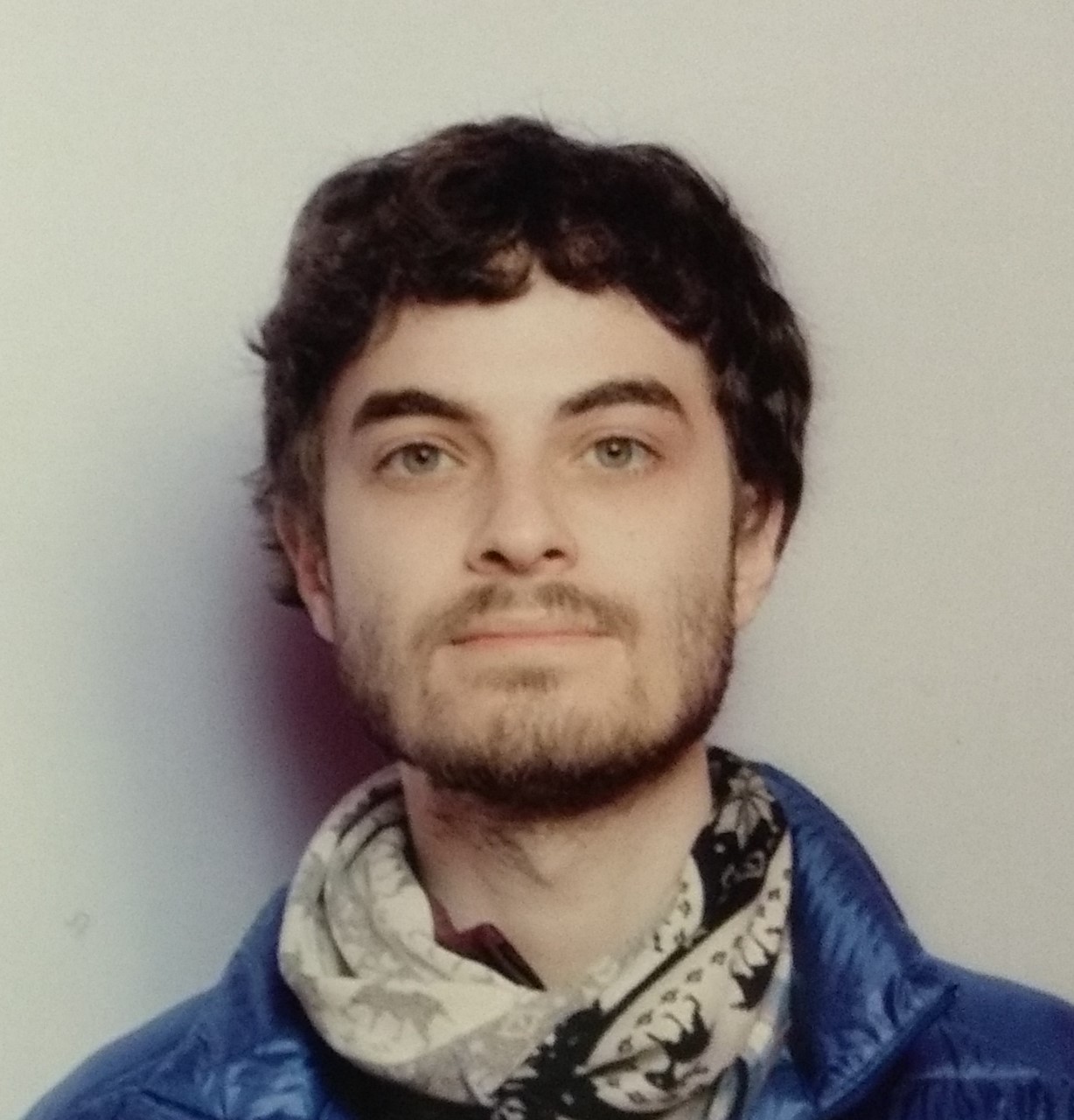
Ido: Oh yeah, there was so much more to do after you play what came in the box! At the time you either went for flash, or modified an existing game. And of the tools available, Valve’s source engine was the most expansive and accessible toolkit. There was this great community of people sharing new creations, tricks, and techniques. It was really easy to get into at a super cheap price. It was a hell of a lot of fun.
DXP: I often wonder what happened to a lot of my old favorite modders. When we’re younger we tend to assume that the locus of our attention is the same as the rest of the world. But we’re 10 years out and it’s hard to say who made the jump to pro-game design. I guess that’s because no matter how popular a mod, it’s difficult to make a buck off of something that’s free. How did you and your team transition from the world of free mods to a full budgeted project?
Ido: We’re really fortunate. We’ve managed to pay everyone from day 1. It’s indie pay, so it’s not gonna make anyone rich, but we’re proud that we take care of our team. We’re 13 people, about half full-time, from all over the world. The core team is mostly people from Nightmare House 2. But it goes back even earlier than that, to the era of Flash games. Hen Matshulski (Game Designer of both In Sound Mind and Nightmare House 2) and I started the company in 2007 with a flash version of Portal. For months before the release, we made a 2D fan-game just for fun. It got some buzz, but what really put us on the map was converting those maps into 3D with the source engine. Valve actually acquired those maps and released it as the first Portal map pack. This really entrenched us in the Source creation tools and community. The first Nightmare House was really just an experimental map. We used that as a basis to make a bigger mod that became Nightmare House 2, and it did way better than we anticipated it. So many big YouTubers picked it up, it was amazing. But we decided to take that experience and go work for other big studios. In 2018, Hen reached out to the rest of the team and had a concept for a new horror game that at the time we called Town (working title for In Sound Mind). It was like a switch flipped, like we had all been waiting a decade for this. So we all left our current jobs and decided to take the leap and go back to those early days and make something that’s ours. So we all had some experience and cash, which was definitely an advantage over when we started as modders.
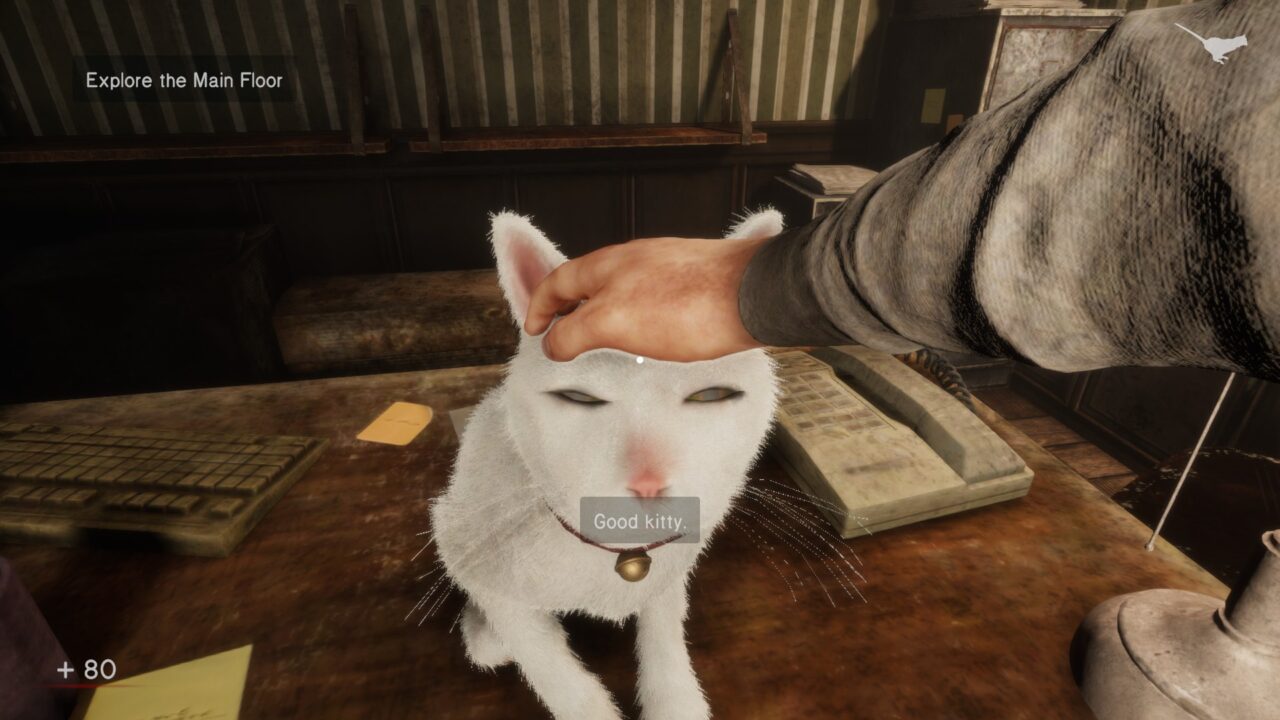
DXP: As lovely as it is to see this all come together for We Create Stuff, I get the feeling that it’s a success story you wouldn’t see today in the world of mods. What’s changed?
Ido: There was a lot more focus then on titanic brands. Half-Life and Valve were one of those brands. There are still big brands out there, but the way that Half-Life dominated not only the gaming scene, but the modding scene, and eventually the digital storefront scene is really something you don’t see nowadays. There are more brands out there, and more eyes on indie projects as well. It’s a good thing, but it also means that these mods don’t have the same spotlight on them that they used to. Even a big Skyrim mod won’t land the same way a popular Warcraft 3 map did.
DXP: Horror has always been the genre of the humble beginnings. So many landmark franchises started as indie productions. In film we have Paranormal Activity, Halloween, Dawn of the Dead. In games we have Amnesia, Layers of Fear, Five Nights at Freddy’s, etc. But as their budgets grow, the franchises change. There’s nothing smaller-budget than a mod. How has the financial shift from no-budget to at least some budget shifted your perspective on what to make, how to make scares, and how you go about working on it?
Ido: Well the most obvious change is it allows us to work full time. That means a bigger, more ambitious production. Nightmare House 2 took several years to develop, and it’s about 2 hours long. A lot of the assets were just what we could repurpose from Half-Life 2. With at least half of the team being full-time, we’re able to create all those assets with details that really bring the world to life. It also allows us to make a full-fledged game in less time than it took to make a 2-hour mod. On the other hand, the expectations are far higher. We’re trying to bring In Sound Mind to next-gen. There’s an expectation of visual fidelity that many indie titles just can’t live up to. We can’t get away with something simple anymore. I mean yeah, we’re still indie. But we get compared to other PS5 games. So we have to find a balance. Once players actually play the game, the gameplay speaks for itself. But you got to draw players in.
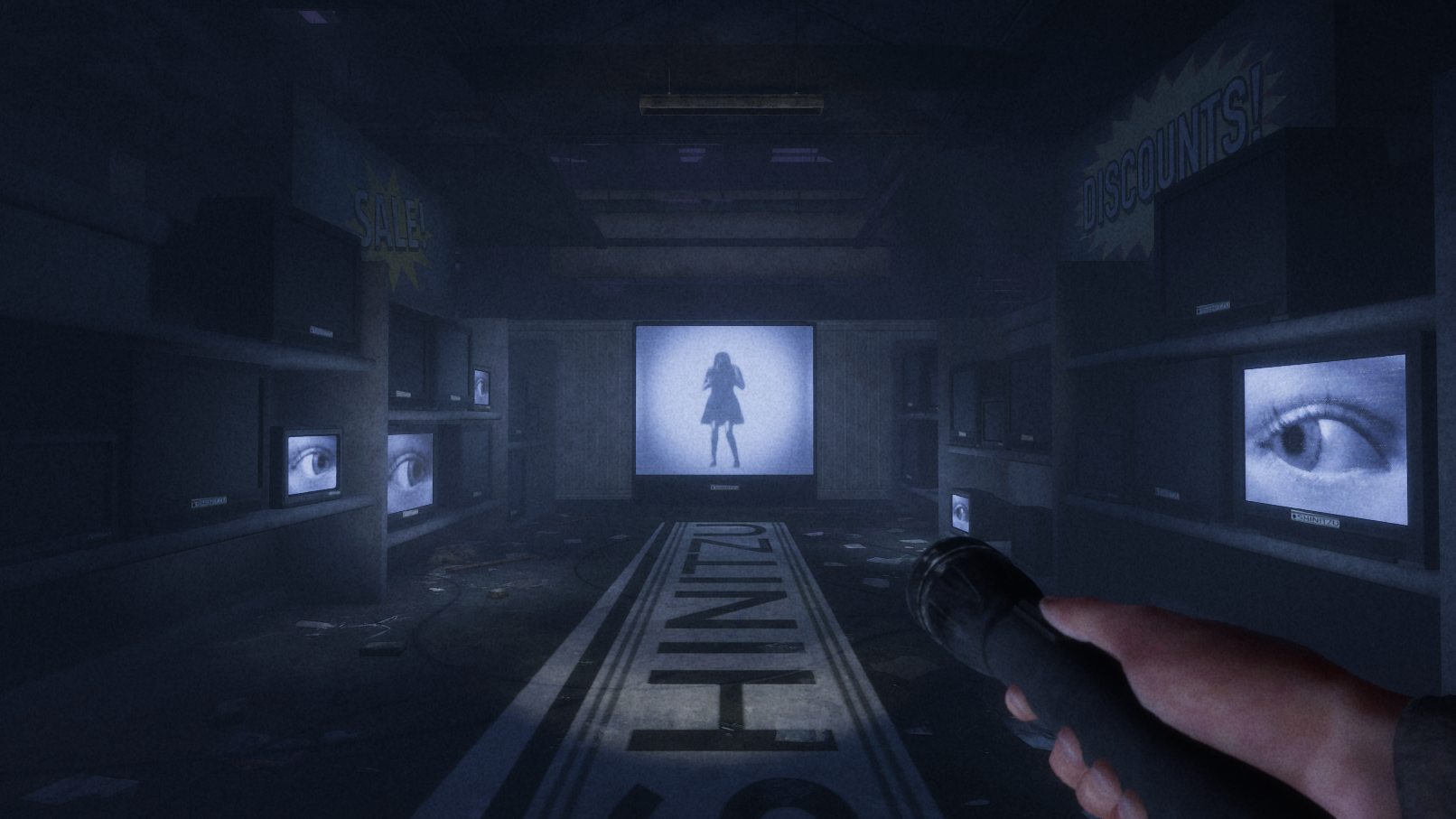
DXP: Ultimately, the dream of every young dev is to run something. But when you start out, there’s no stakes. No one is out of a job if your mod flops. How does running a studio change your perspective on what you can deliver? How do you scope when these people, a lot of times your friends, rely on you to eat?
Ido: This is such an important point that a lot of studios have to deal with. There’s this gap between when you start and when you get money. You build your prototype, then you go to publishers to pitch it around, and it takes time. Time doesn’t wait for you. You have to eat and pay rent. So you have to always be on the grind, have someone pitching to try and close that gap. You gotta try and keep your development momentum going. There’s definitely a flow to development that if you lose can destroy a project. You want to deliver to the players the best product you can, and keeping your spirits high and the progress steady is the key to delivering a good project on a reasonable budget. It’s a lot of business and management stuff that you don’t have to think about when you’re just making another Half-Life mod. But what hasn’t changed is our passion. There are so many talented devs on our team that could be making way more at Google, Amazon, EA, wherever. But we want to be here. Seeing the fan reaction to the demo is unlike anything else. We still love to watch old Nightmare House 2 letsplays and still find ways to learn from them. So we view the challenges as an opportunity, even though it’s stressful. More stress, but more rewarding.
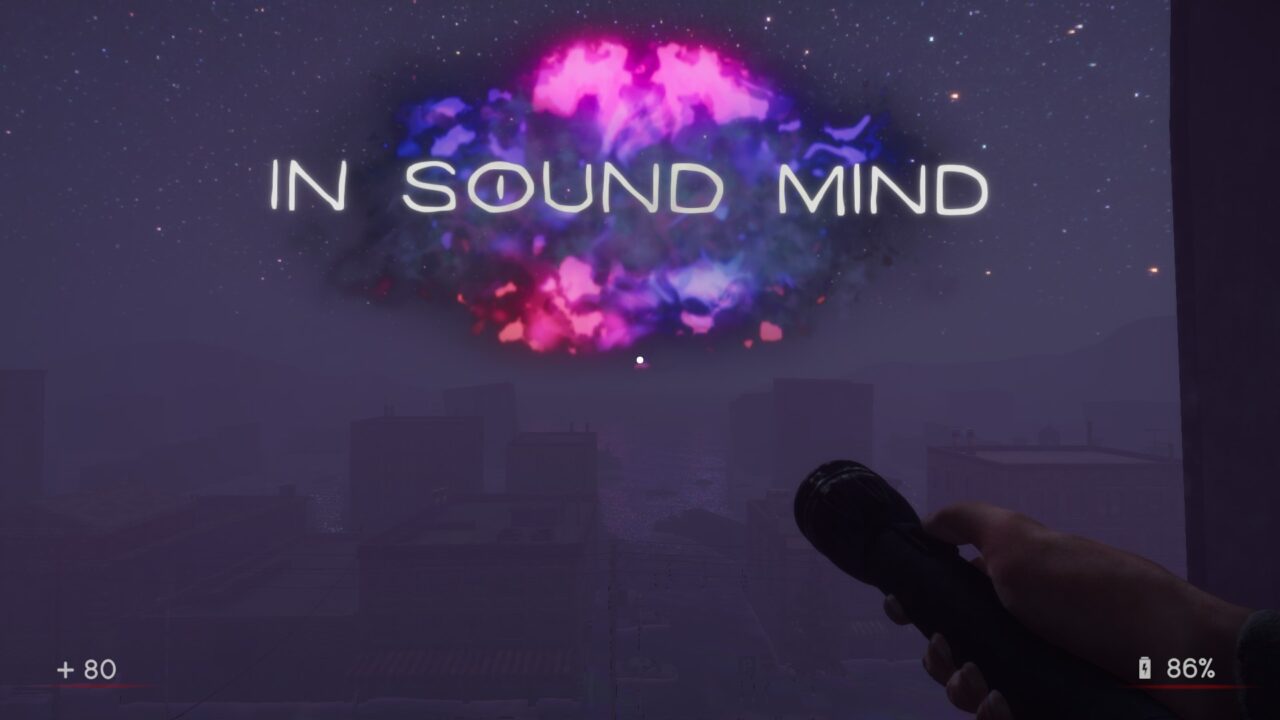
DXP: That first year can be a killer though. If it’s even a year! It can be two or three before you even have a prototype to show off. And the project can completely fizzle. How do you work through that fear?
Ido: Yeah, I mean we all cling to those crazy success stories like Five Nights at Freddy’s. But you don’t hear about the thousands that fail. And it’s not always a question of talents. It can be trends, poor launch windows… I mean hell, just look at the pandemic! We pitched to Modus Games at Gamescom in 2019. A lot of publishers are still saying they’re open to pitches, but it’s a lot tougher. You can’t do those face-to-face meetings that really sell a project. So you just have to roll with the punches the best you can. Manage your expectations. Even big-budget events might fall through or be rescheduled. The only certainty is that there is no certainty, and you push on.
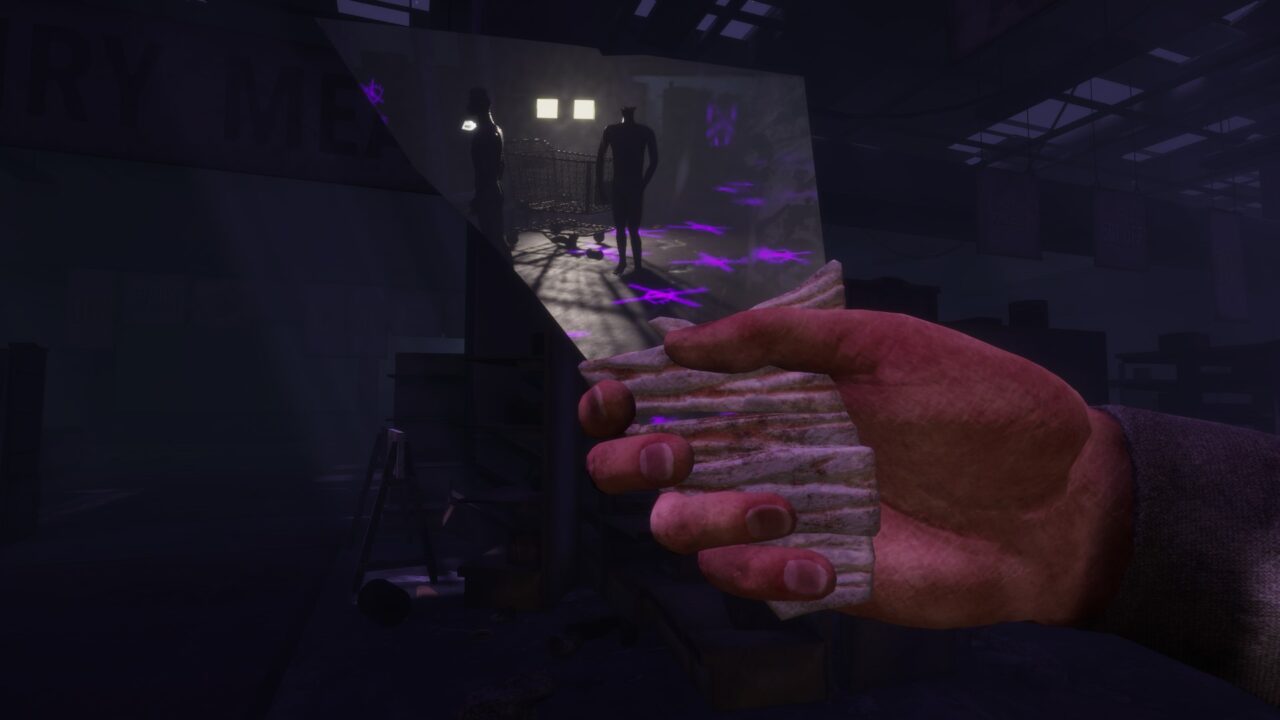
DXP: With how much harder it is to pitch right now, do you think that’s reflective of the struggle companies are going through or reflective of how the audience doesn’t want to see horror (in light of the pandemic)?
Ido: Hah. I don’t think it’s the audience. There’s always been successful horror despite whatever’s going on. It really is that lack of face-to-face that kills it. It’s harder to pitch something emotional when they can read it in your speech and actions. Publishers don’t just invest in a game. They invest in a team. And if they can’t meet that team then they are hesitant to commit.
DXP: As hard as it is to find publishers, I do feel like there’s this groundswell of support for indie horror games. In this new collaborative age, is there any team you’d like to meld minds with?
Ido: I’d say Frictional Games. They’re an inspiration. They made their own games on their own freaking engine! And they kept the team small. They could expand if they wanted to, but they choose to stay small. That focus and vision is truly unique.
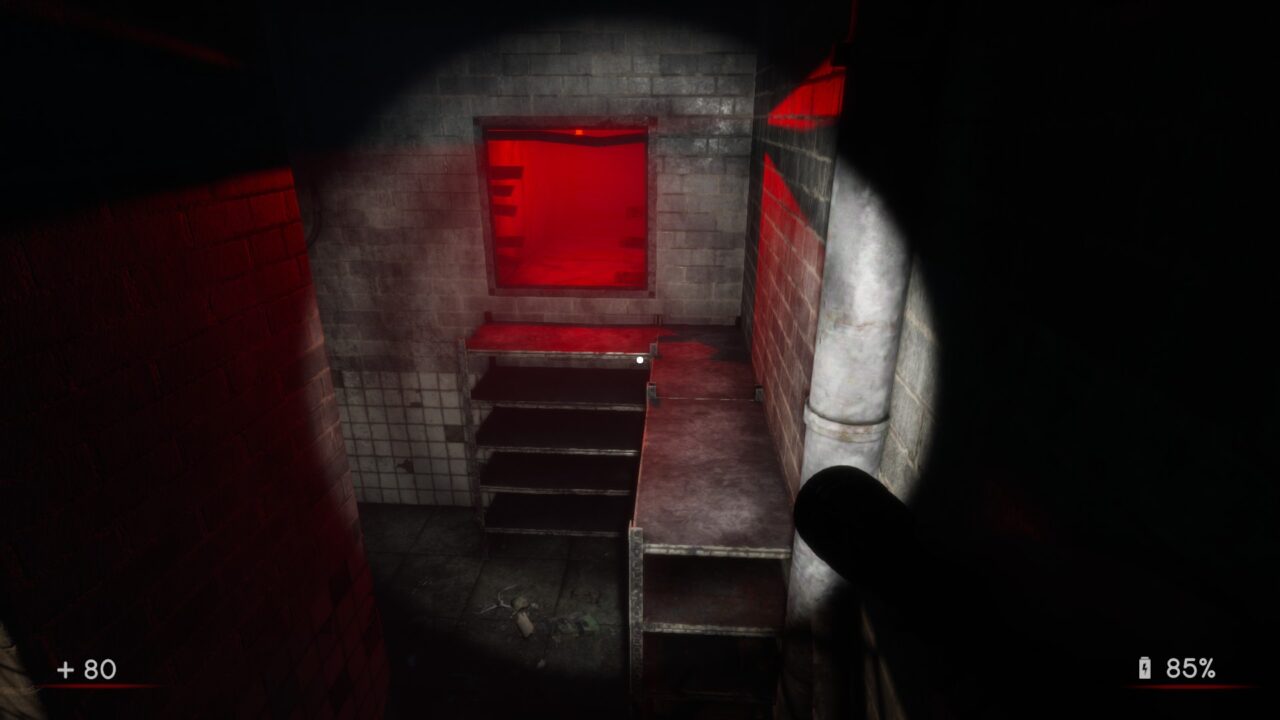
DXP: I guess I should probably ask some questions about In Sound Mind eventually. In this broad market, what do you think is going to set your game apart?
Ido: Every few hours into the game, you play a tape. Each tape is a few hours long, and is a different story. Those stories shape the gameplay for that area specifically. It’s like you’re in a special little sub-game within the game with it’s own themes, style, mechanics, etc. So every few hours it’s like a totally fresh experience. We aren’t tied to just one mechanic. This is one of the big differences I was talking about going from mod to full game. It allowed us to spend the time to focus on each of these areas and flesh out these mechanics.
DXP: So how do you go about writing that? How does it all mesh?
Ido: Each story is its own story, but it connects within the greater story of the protagonist and this strange world he finds himself trapped in. Desmond (the protagonist) is a therapist, and as he is reviewing these old cases a conspiracy begins to unfold. The stakes are greater than these individual stories. There’s a grand conspiracy. But that makes each individual story more important with how we tell it. For example, Virginia’s story is the one in the demo. Her whole thing is that she doesn’t like to be looked at. So we do a lot in that level with sight. Doors wont open if you look at them, she only attacks you if you look, and you have this mirror shard that will reveal secrets when you look at the reflection. But we also have these mannequins. Now, horror game, spooky mannequins, all standard. They only move when you don’t look at them. And at first you’re scared of them. But we play with the player’s expectation by having some of these mannequins helping you. You can’t actually solve the puzzle unless you look away. That’s the kind of subversion that makes players really engaged with the story and the mechanic. It’s symbiotic. We ask ourselves, “what’s the story here, and what’s a kickass mechanic that could fit in that unique story?” And then we do our best to blend it.
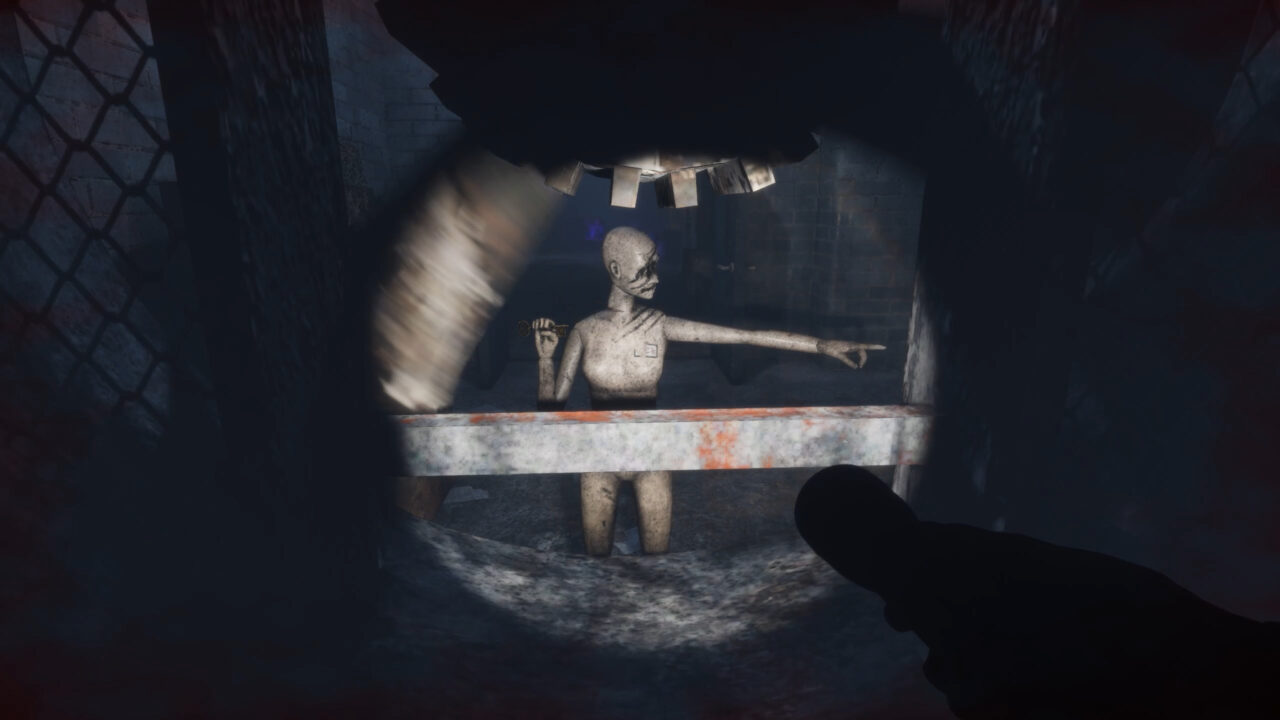
DXP: I get you can’t spoil much, but is this game going to be all we see of this world? Are there plans for sequels or expansions to In Sound Mind?
Ido: It’s a full game. The story starts and closes. There’s some room for expansion, but it won’t be holes left in the main story.
DXP: So what was it like when the fans first got their hands on it? Were you nervous? How has the reception been? What are you hoping players don’t spot, or what are you most sensitive about?
Ido: Okay, so back to the mannequin puzzle. To make a puzzle like that work, there’s no way to do it without a ton of testing and tweaking. You absolutely have to get it in front of players. You have to go through these steps of acceptance. At first, you’re angry they don’t get what you’re trying to convey. So you try out new testers, new gamers, whatever. But eventually, you get to realize that it’s not the players that are wrong. You have to adjust it. So for me, putting out these big moments is scary. But you have to get over that fear and get the game into players’ hands as early as possible so you can iterate until it works. When you understand that, not putting it out to test becomes far scarier.
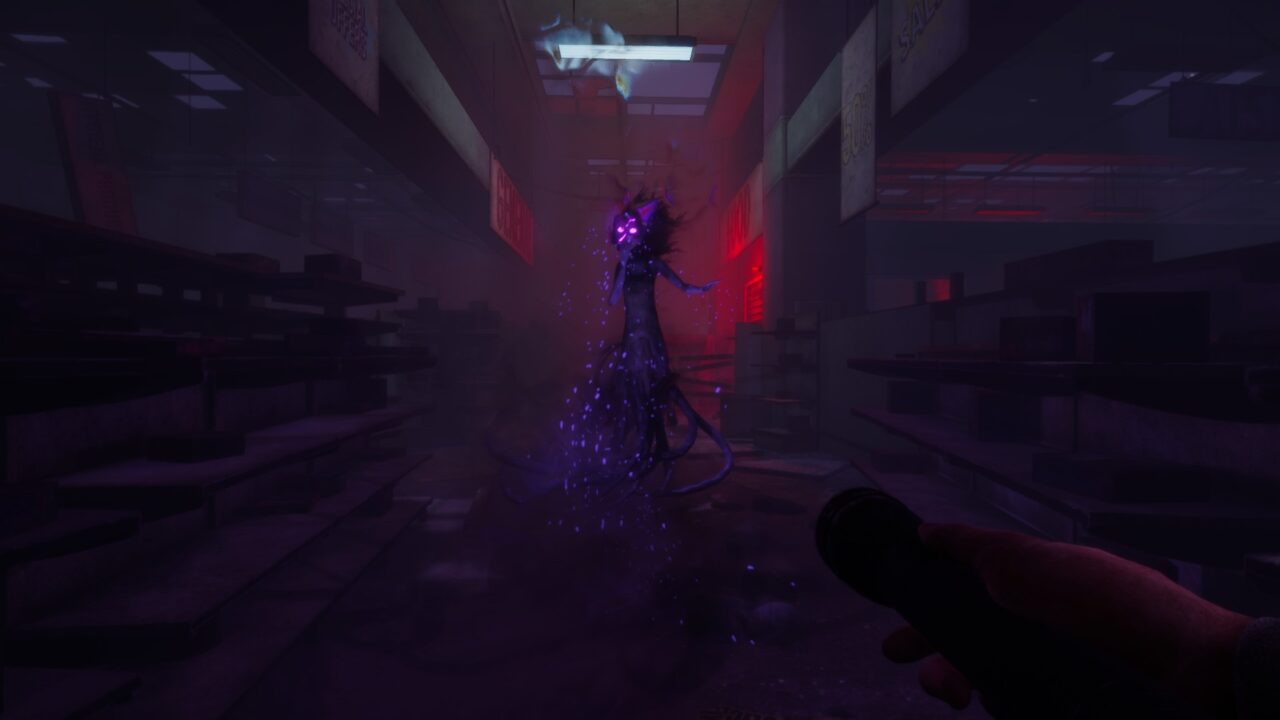
DXP: So do you have some kind of ritual to get your ego in check when reading criticism?
Ido: You just have to take a step back. And I don’t say that lightly. Perspective is really important. But our team are all equals. We keep each other in check. We all have the authority to slap sense into one another and we all realize it’s for our own good. Balance is key. You don’t want too many voices, but you need to make sure no one person can go crazy and derail things. Because we all think we’re right, even when we’re being jerks. And honestly, you just need to force yourself to sit down and watch people play it. Cause you can read the reactions and it’s obvious when things don’t land.
DXP: Obviously, I’m a huge fan of Nightmare House 2. Has the success of the mod, especially in lack of financial gain from it, changed your perspective of your team? Do you have more to live up to? Do you see yourselves as a success story?
Ido: I didn’t at first. But when we posted job listings, a ton of people were really excited to work with us. I think that’s when it hit me. It’s been so long since we released Nightmare House 2. I was really humbled that people still like what we did and wanted to be a part of it. And I hope we can live up not only to our fans, but this team that was so eager to work with us. But I feel like indies need to look out for each other. If we have to tell someone “no”, we always try to give advice on how to improve or find a better fit.
By the end of my hour with Ido, I was left with a profound sense of satisfaction. It’s hard to overstate the effect that these horror mods had on my gaming worldview. It was the beginning of my move away from AAA and into the wide wild world of budget weirdness. A shift that molded me into the horror fan I am today. If it wasn’t for games like Nightmare House 2, it’s very possible our own Dread X Collection would never exist. And having played the demo for In Sound Mind, I can say it’s looking to be a worthy successor.
You can check out the demo for In Sound Mind yourself now on Steam!
Categorized:Editorials Horror Gaming Interviews

